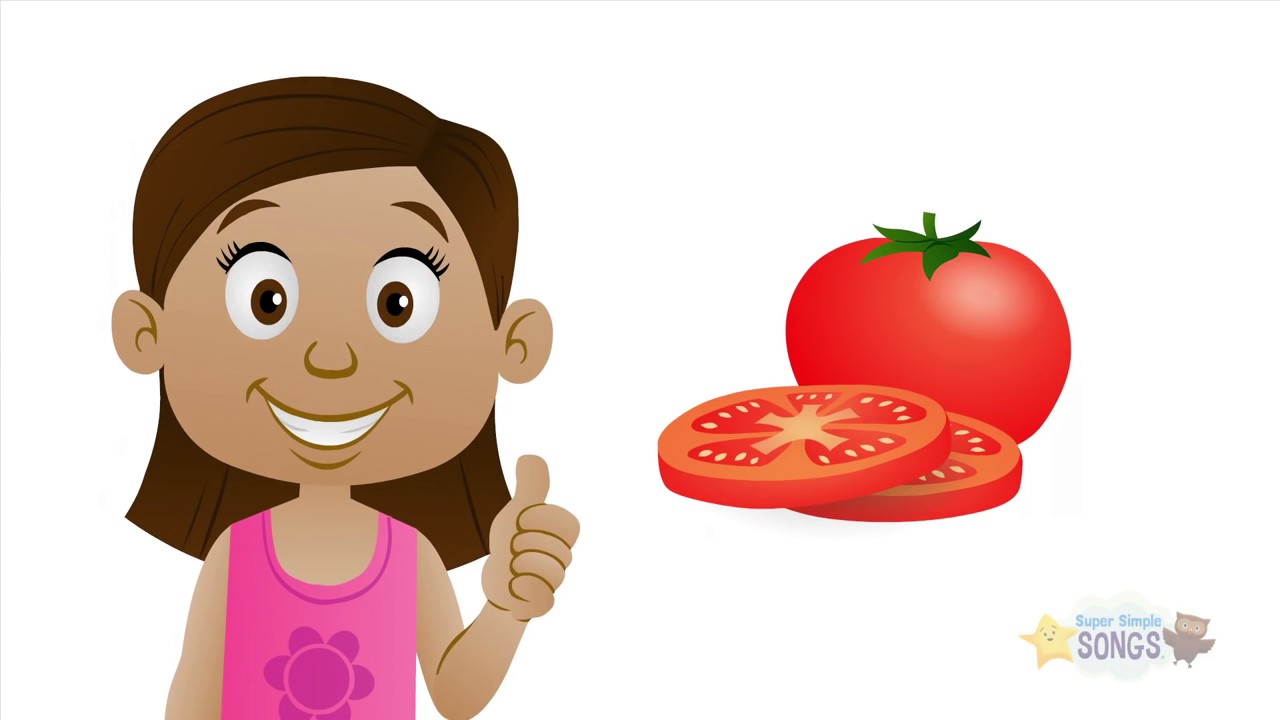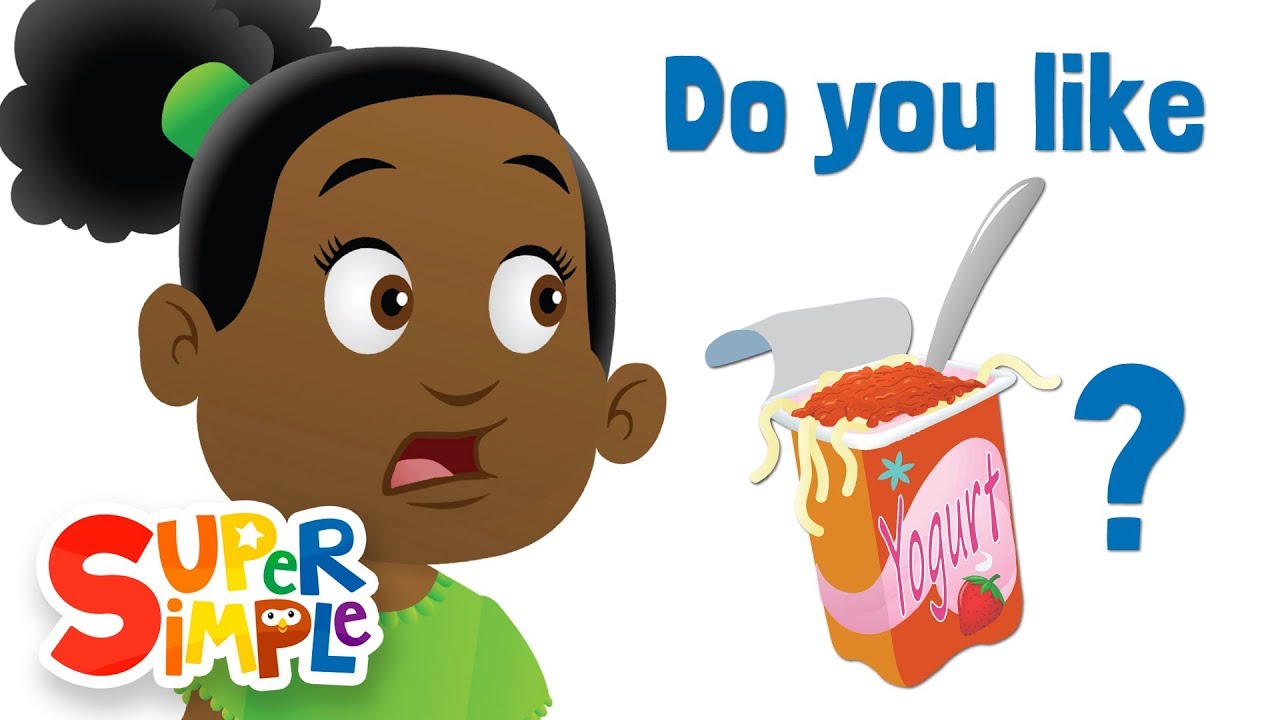Super Simple Songs are a valuable resource. They are especially effective for young learners. Consider using "Do You Like Spaghetti Yogurt?" in your classroom.
Introducing "Do You Like Spaghetti Yogurt?"
This song explores preferences. It asks simple "Do you like...?" questions. It introduces different foods. Children can easily understand the lyrics.
Lesson Preparation
Review the song lyrics and actions. Decide which vocabulary you will pre-teach. Prepare visuals of the food items mentioned. Consider flashcards or real food examples. This will enhance understanding. This is also a good starting point for explaining the premise of the song.
Teaching the Song
Begin by introducing the food vocabulary. Show pictures or real objects. Say the name of each food clearly. Have the children repeat after you. Use actions to represent each food, if possible. This helps them remember the words.
Play the song once for the children to listen. Encourage them to clap along. Then, sing the song together as a class. Use actions to match the lyrics. For example, pretend to eat spaghetti. This makes the song more engaging. Encourage students to sing loudly.
Expanding on the Lesson
After singing the song, ask students about their preferences. "Do you like spaghetti?" "Do you like yogurt?" Encourage them to answer with "Yes, I do" or "No, I don't." You can use hand gestures to represent "yes" and "no". This visual aid is helpful for young learners. Practicing with repetition ensures children are comfortable answering yes or no questions.
Introduce new food items. Expand the song by asking "Do you like [new food item]?" Allow students to suggest their favorite foods. This personalizes the activity. It keeps them engaged and curious.
Addressing Common Misconceptions
Some children might not understand the concept of preferences. They might think everyone should like the same foods. Explain that it's okay to have different likes and dislikes. Emphasize that it is normal. It is a natural part of life to have different tastes and preferences.
Another common misconception is about the silliness of the song. Some students might not understand why the song pairs unusual food combinations like spaghetti and yogurt. Use this as a chance to talk about humor and absurdity. Acknowledge the silliness to embrace the humor. The playful tone often helps learners engage more with the material. The song is not meant to be taken literally.
Making it Engaging
Use puppets or toys to sing the song. Children love puppets. They are great way to increase engagement. A spaghetti puppet might be funny and captivating. Yogurt-loving teddy bears can further stimulate participation. Use props to bring the song to life.
Create a "taste test" activity. Let the children try some of the foods mentioned in the song. This can be a fun and sensory experience. Ensure you address any allergies beforehand. Provide alternative options for students with dietary restrictions. Make sure they are happy to try the foods. This activity will require preparation. This makes it worthwhile.
Draw pictures of their favorite foods. Encourage creativity. Allow students to express their preferences visually. This caters to different learning styles. Visual aids further reinforce their understandings. Students will likely enjoy displaying their work. This reinforces their efforts.
Incorporate movement. Have the students act out eating each food. Get them moving and grooving. This appeals to kinaesthetic learners. Integrate different types of movement. These exercises will help them stay active. Incorporate actions related to the food item. This will make the activity more engaging.
Extending the Lesson Further
Discuss healthy eating. Talk about the importance of trying different foods. Link the song to a broader understanding of nutrition. Integrate it with other subjects. You can use it to create lesson plan. Involve students in discussions about the importance of healthy eating.
Create a class graph of favorite foods. Collect data about student preferences. Teach basic graphing skills. Students can analyze the results. These tasks will enhance their engagement with the material. This activity can further involve them.
Adapt the song to include other topics. Change the lyrics to "Do you like colors?" or "Do you like animals?" This allows you to reuse the song's format to teach other concepts. This shows the flexibility of the resource. It allows for easy implementation in your classroom.
Conclusion
"Do You Like Spaghetti Yogurt?" is a versatile and engaging song. It is perfect for teaching food vocabulary and preferences. By understanding common misconceptions. By incorporating engaging activities. You can effectively use this song in your classroom. It can be used to create a fun and educational experience. Super Simple Songs offer a wealth of easily accessible resources. Leverage this resource in the classroom. Encourage your students to be engaged and creative. Enjoy this simple song.

